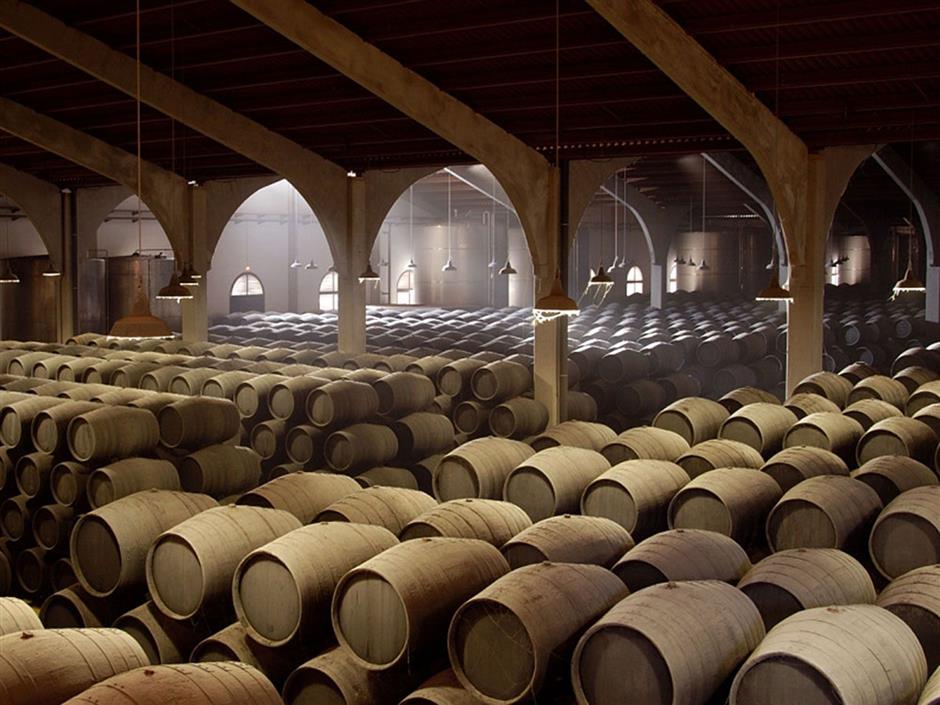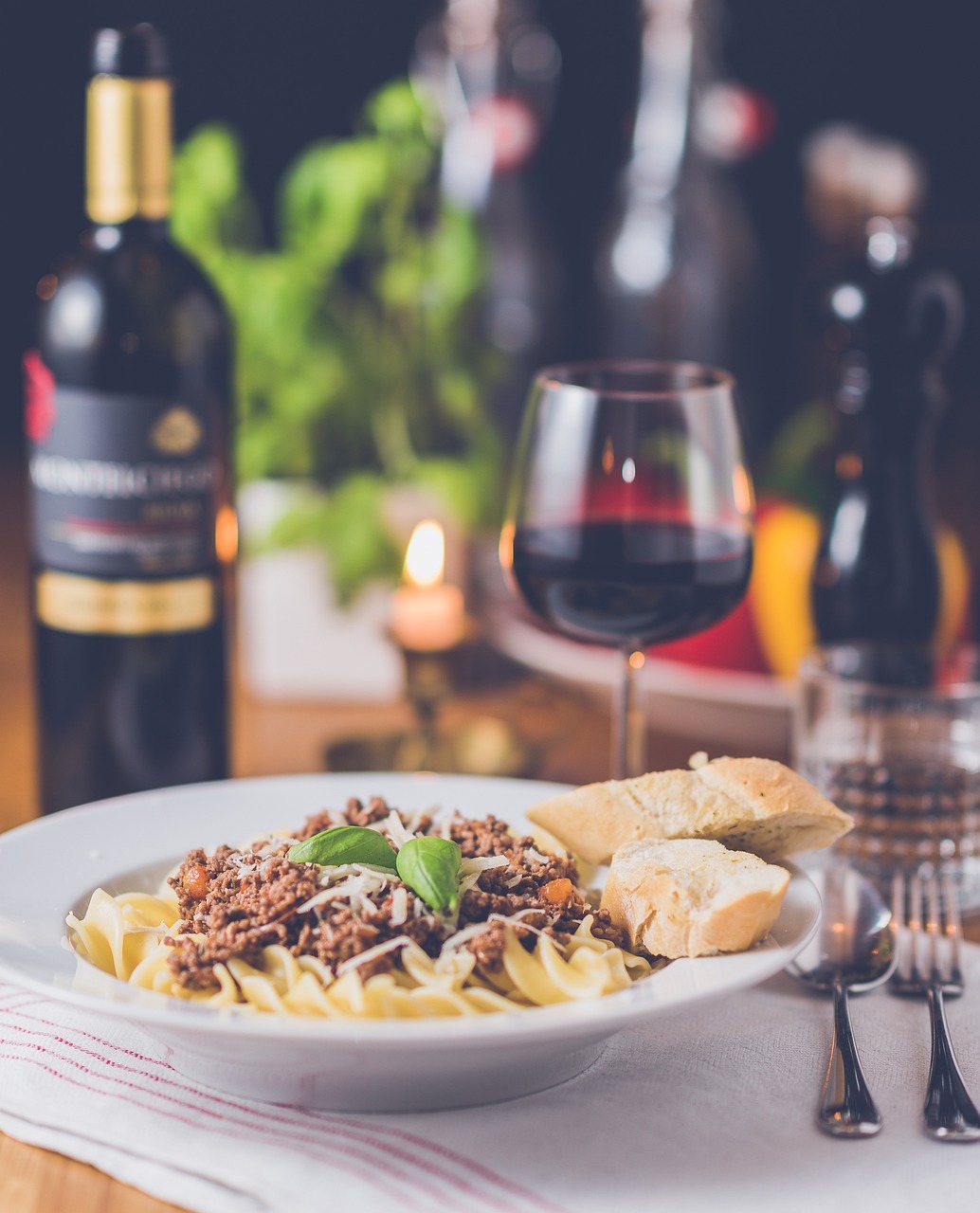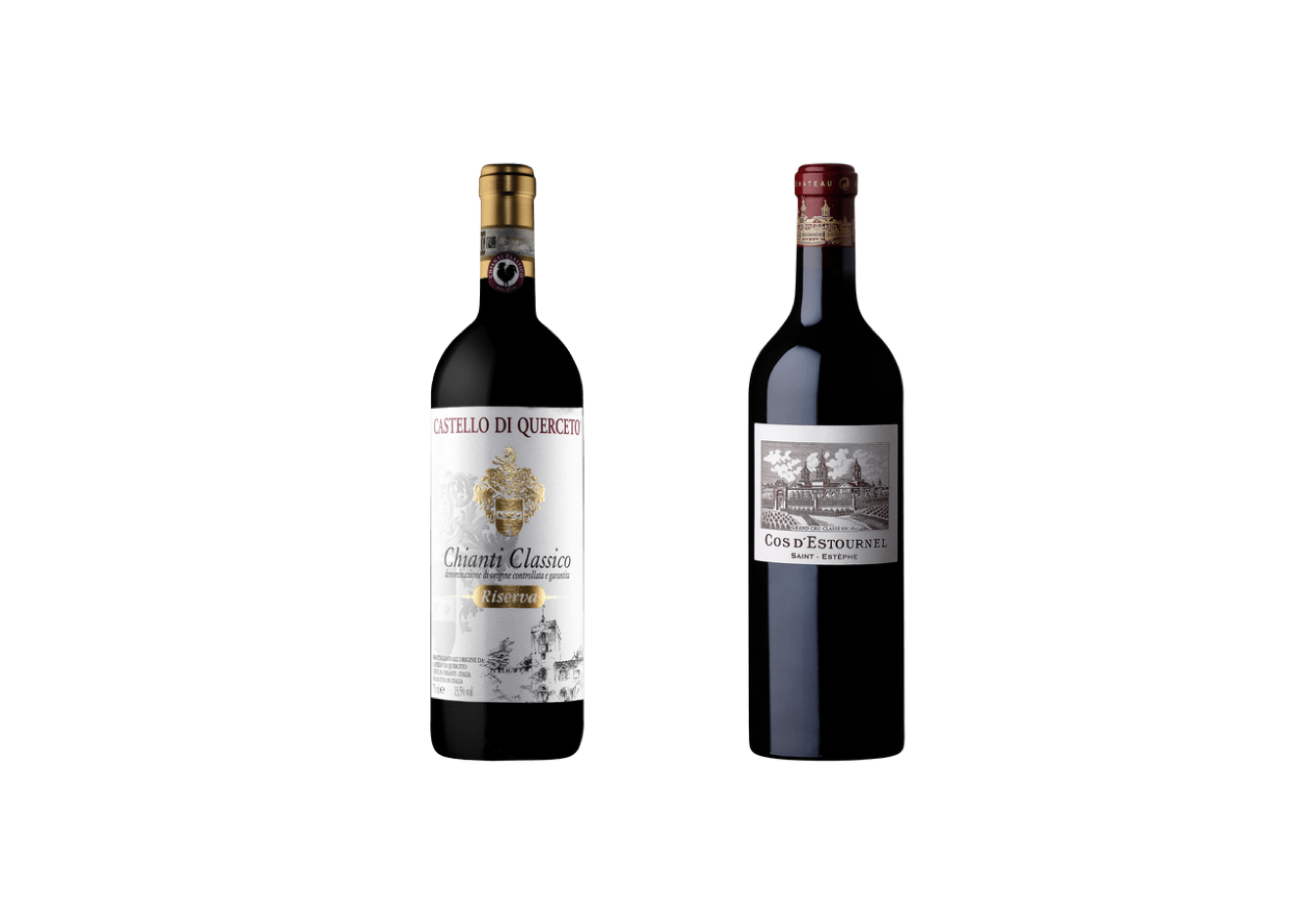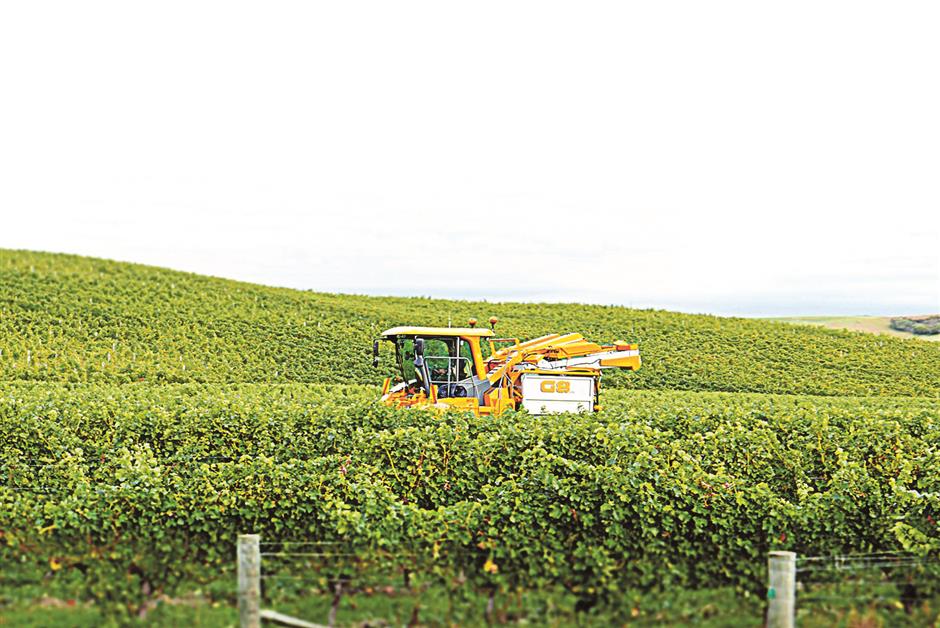Summary
Pickling is one of the most ancient methods of food preservation. The Mesopotamians were avid picklers as early as 2400 BC. The art of pickling in China was practiced widely in the Zhou Dynasty (1046-256 BC) over three millenniums ago and possibly even earlier. Though the original reason was food preservation, our ancestors soon developed a taste for pickled food and used them to spruce up more mundanely flavored or textured foods.
History is full of pickle lovers and advocates. Great generals including Julius Caesar and Napoleon Bonaparte fed pickles to their troops to invigorate and fortify them, while explorer Christopher Columbus fed them to his crew to keep them strong during long and arduous voyages to the New World.
I wonder if any of these important historical figures even tried pairing pickles with wine? If so, they most certainly would have found it a daunting task.
Today’s iDEAL cover story delves into the yummy world of Chinese-style pickles, so let’s find the most suitable wine partner.
When trying to pair Chinese pickled foods with wine you are, as we say in colloquial English, literally in a pickle. The chief culprit is the pickling agent that’s often quite acidic and sour. The pickling agent may be vinegar or other acidic juice combined with salt and pungent spices. Sugar may be added to create sweet and sour sensations or soy sauce to add a savory quality. All of these ingredients and resulting flavors present challenges for wine.
When trying to find the best style of wine for Chinese pickles, it’s best to start by eliminating clearly unsuitable contenders.
First you must forget about full-bodied red wines with big tannins, sophisticated older vintage reds and big oaked Chardonnays. Young Pinots from Burgundy, Oregon and New Zealand with their good acidity pair nicely with a wider range of foods but don’t perform particularly with pickled foods. Sweet and off-sweet Rieslings or Sauternes are fine partners to sweet and sour pickles but less suitable for salty non-sweetened pickles.

Sherry barrels in the Solera system
Only one perfect wine
Dry and fresh Sauvignon Blanc, Albarino or similarly fresh whites are better, but I find that the more pungent Chinese pickles overwhelm these fragrant and often subtle wines. A better case can be made for Prosecco and Cava sparklers as the clean, simple and direct nature of these wines are not easily overwhelmed or compromised by pickled foods. But in the world of pickles, there’s really only one perfect wine.
The Jerez-Xeres-Sherry DO wine region is located in the southernmost wine region in Europe. With a rich multi-culture history this is one of Spain’s most beautiful, cultural and pleasurable destinations. The region has more than 3,000 years of winemaking history. The sun-baked Albariza white soils of the Sherry Triangle, a wine-growing area that is bordered by the three historic city towns of Jerez, Sanlucar and El Puerto, help provide this fortified wine with its distinctive character.
Manzanilla is one style of sherry with its own Manzanilla — Sanlucar de Barrameda DO that’s located within the Jerez-Xeres-Sherry DO, protected and managed by the same Consejo. The grapes and process of making Manzanilla and other sherries are unique.
The most important grape used to make Sherry is Palomino, which is sometimes blended with Pedro Ximenez and Moscatel to make sweeter styles of sherries.
The first stage of making sherries is the same as making white wines, but when the special Solera aging process begins the wines take on their special qualities.
In the Solera system sherry wines are aged in stacked rows of 600-liter American oak casks often stored in cathedral-like buildings with ample aeration.
The youngest wines are put into the top barrels while the oldest wines ready for bottling are in the bottom barrels.
Pale sherries like Manzanilla and Fino undergo the aging process protected by a natural occurring yeast called flor that protects the wine from the oxygen, while darker sherries like Oloroso have higher amounts of alcohol added that kills the protective flor and thereafter the wines undergo oxidative aging.
Manzanilla is aged under a very special type of robust flor that only grows in Sanlucar de Barrameda near the ocean. In fact, Manzanilla comes in a variety of styles from the popular straw-colored, fresh and slightly salty wine that’s usually aged about four to five years to the darker, more intense and complex wines that are aged up to 12 years.
This later wine is called Manzanilla Pasada. All Manzanilla wines are Chinese pickle-friendly with the lighter fresher versions best with salty and sour pickled foods and the richer Manzanilla Pasada wines best with the sweeter or more savory soy sauce marinated pickles.
Whether enjoying Chinese pickles in their solitary splendor or mixed in a dish with seafood, meats or vegetables, a glass or two of well-chilled Manzanilla Sherry is a surefire way to embellish your experience. Simply put, Manzanilla is a great wine to pair with a whole host of Chinese dishes, including those with our beloved pickles.
I’m confident that as more people from Shanghai and around China travel to Spain and discover the delicious secrets of Manzanilla and other sherries, more and more good sherries will be available in our market.
For now, some recommended Manzanilla producers with sherries available in Shanghai are Barbadillo, Hidalgo- La Gitana, Hilos de Rainera Perez Marin, Delgado, Valdespino and Lustau.





